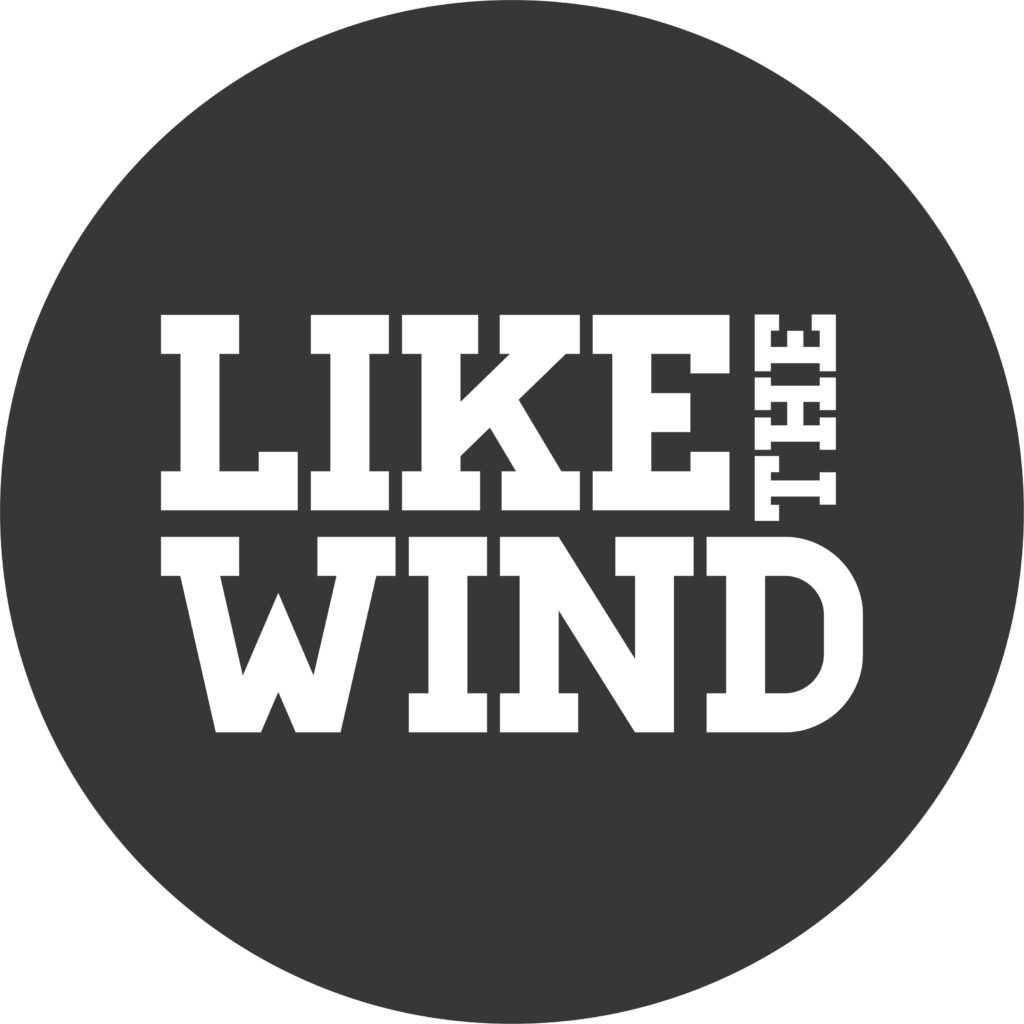The marathon witnesses competition and camaraderie. There’s no better example than the first London marathon when the men’s race ended in a dead heat. And it wasn’t by accident.
To coincide with the 2015 London Marathon, we published a special edition – a collection of stories, some new and some from the archive, which we felt captured the essence of the race and the ethos of Like the Wind. One of the highlights of that special edition was an exclusive interview that editor Simon Freeman conducted with the joint winners of that race; Dick Beardsley from the U.S. and Inge Simonsen from Norway.
Here we reproduce the entire piece including the whole interview.
In the late 1970s, in the pub adjacent to the clubhouse of the Ranelagh Harriers running club in west London, some runners discussed a marathon that had been organised in New York since 1970 by an eccentric man called Fred Lebow. Lebow’s race – which had 55 runners in its first year – had achieved phenomenal success. Two of the Ranelagh runners were particularly interested. Former Olympic steeplechase champion and journalist Chris Brasher and athlete John Disley decided to travel to New York to run the race and see what all the fuss was about. When they returned, Brasher used his column in The Observer newspaper to ask whether London should host a race like the one in New York. The answer was not long coming.
On 29 March 1981 at 9am, just under 7,000 runners started a race that would grow into one of the greatest marathons in the world. And on that grey, damp day, two men would embody everything that the marathon stands for – competition, athleticism, integrity and friendship. American Dick Beardsley and Norwegian Inge Simonsen broke away from the lead group of men at around 16 miles and the two of them raced the final 10 miles shoulder-to-shoulder. Neither man made a decisive move; with a few hundred metres to go, Beardsley was seen to say something to Simonsen. They continued together, stride for stride, until with only a few metres left, Simonsen held out his hand, Beardsley grasped it and they crossed the line together, joint winners in 2 hours, 11minutes and 48 seconds.
Thirty-five years later, Beardsley and Simonsen look back at their experiences of that legendary race.
Like the Wind: Did you have any sense that you were taking part in a race that would become such a significant event?
Dick Beardsley: Once I arrived in London for the race and had the chance to chat with race director Chris Brasher, I knew his desire was to make the London Marathon like the New York City Marathon. But at the time I never thought it would rival, if not exceed, NYC – and now it most certainly has!
Inge Simonsen: No, I didn’t know that the race would become what it has beforehand, but I realised after the victory that it would be an historical event. It was indeed a great start for the London Marathon to have two winners and it something that has never happened since 1981.
LtW: What were your hopes for the race in the weeks before it?
DB: When I got invited to run I was so excited! I was a little worried about the race as I had run a marathon in January in Houston and ran 2h12 and I ran the Beppu Marathon in Japan in February also in 2h12, so I was a little worried about how my body would hold out. I felt good coming into London and my goal was to try and do whatever I could to win.
IS: I knew that I was in a good shape and that I was capable of winning the race.
LtW: What did you think of London as a venue for a marathon?
DB: I couldn’t think of a better major city in the world to have a marathon in!
IS: I thought London was great venue for a major event like a marathon. London was the biggest city in Europe and therefore it deserved it. In addition, Britain has always been known for producing good long-distance runners.
LtW: How did you prepare for the first London Marathon?
DB: Training in Minnesota in the winter can be brutal: lots of snow and very cold! Basically in the winter I did lots of high mileage – 140 miles per week – and worked on my strength. So coming into London I knew I was in good shape but not really super race fit.
IS: I had a training camp in California together with the best Norwegian marathon runners. I was there for five weeks during which I had the best preparation and I had a good feeling about the race. I came back home to Norway one week before the race.
LtW: What did you do in the few days before the race?
DB: I had never been to London before so the first couple of days I did a few tourist things and then the last few days I kept off my feet as much as possible.
IS: I did some easy training the last few days before the race.
LtW: How did you prepare on the morning of the race?
DB: I got up fairly early and had some strong coffee and some toast with butter and honey and also did a little stretching. Even though it was a cool, rainy morning I also made sure I was well-hydrated.
IS: First I went out for a jog/walk where I was mentally preparing for the race. Then I had a good English breakfast. I was drinking lots of water. The whole time I was planning my running strategy.
LtW: What were the few hours like before the gun went to signal the start of the race?
DB: I was like a cat on a hot tin roof! I was so ready to race! Waiting around for the start was the hardest part of the race for me!
IS: I remember the athletes were brought out to the starting point by bus a few hours before the start. It was a cloudy morning with lightly showers. Mainly I just did some easy warming up.
LtW: What was going through your mind on the start line?
DB: I remember looking around and seeing some of the top Brits I had read about and kinda measured them up; I could see they were doing the same thing of me!
IS: I knew that I was in my best shape and I was capable of winning. I had an idea that Dick Beardsley would be among the strongest opponents. I also remember that I had beaten him the year before in the New York Marathon.
LtW: What did it feel like to be in a head-to-head race with 10 miles still to go?
DB: I made a move at about half way coming off Tower Bridge. The only runner that came with me was Inge. I didn’t know who he was at the time but I could tell by his form that he was a very good runner! It was very exciting to be leading the very first London Marathon and the crowds along the course were unbelievable!
IS: I was preparing for the head-to-head finish with Dick, because we were pulling away from the pack and we were running together the last half of the race. I felt that I was faster than him and yet I was mentally prepared for a close finish.
LtW: How did you decide that you would join hands and finish together?
DB: We were both trying to break from each other the last few miles but neither one of us would budge a inch! I said to him with about a half mile to go we should finish together. He said something to me but I could not understand his broken English. So we just continued to push as hard as we could and right at the last moment we were side by side and our arms both came up. We clasped hands and finished in a dead heat.
IS: Dick asked me with about a mile to go. All along both of us had been trying to pull away without success. I realised that it would be a very tight finish. So I decided it would be a great idea to finish in a tie for the first London Marathon. Still today I think it was a great start for the London Marathon. The pictures of me and Dick in the finishing line have been used to promote the London Marathon ever since and it symbolises great sportsmanship.
Thanks to Dick Beardsley and Inge Simonsen for talking to us five years ago. We are excited to see whether Eliud Kipchoge and Kenenisa Bekele in 2020 can match the intensity of competition and camaraderie that played out on the streets of London in 1981.

